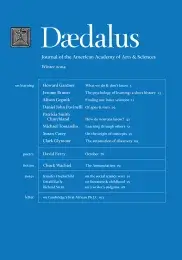on literature & childhood
The book that most deeply affected me as a child was David and the Phoenix by David Ormondroyd. First published in 1957, the book is about a boy who becomes friends with a wise and sometimes wisecracking phoenix, until it burns and dies and then rises again, leaving the boy forever. The phoenix was especially appealing to me, since it personified resurrection, thus making death not death at all, but some sort of cosmic learning experience. (One feature of some American children’s literature is its third-rate Emersonianism, its remarkable mixture of childhood angst and the regenerative power of pluck: Americans seem to insist, more than they have any right to, that even the most tragic situations must yield to a frightfully unreasoning optimism, so that all boats, in the end, are ‘uplifted.’)
My mother had bought David and the Phoenix for me at a store in Philadelphia called Laura’s, a second-hand shop that was down the street from our home. It cost ten cents. I don’t know why she bought it. Maybe Laura suggested it as something “your kids might like,” as she was wont to say to my mother about certain items. My mother knew nothing about the book except that it was written for children. That fact alone seemed to make it acceptable, and potentially even ‘educational.’ My mother did not read books, but she respected them, as the unliterary sometimes do, as a kind of talisman, conferring some strange virtue of mind.
I remember first reading Ormondroyd’s book in the third grade. It was a big step for me. Until then, I had mostly read picture books, things like Maj Lindmann’s Flicka, Ricka, and Dicka and Snipp, Snapp, and Snorr series, and–my favorites at the time–H. A. Rey’s Curious George books. By contrast, David and the Phoenix was a chapter book, with perhaps one picture per chapter instead of one per page. It looked like a novel (a very thin novel), not a kiddie book, so I felt rather grown-up when I tackled it, even if I was a little daunted. At the time, I was quite sick and out of school. (I suffered several severe bouts of illness during my days in elementary school.) For many weeks I lay in bed with glasses of 7UP on a tray next to my bed, beside a small stack of my favorite comics and David and the Phoenix.
In between contemplating the patterns in my bedroom wallpaper, I read David and the Phoenix over and over again. With each reading, I became more skilled as a . . .
